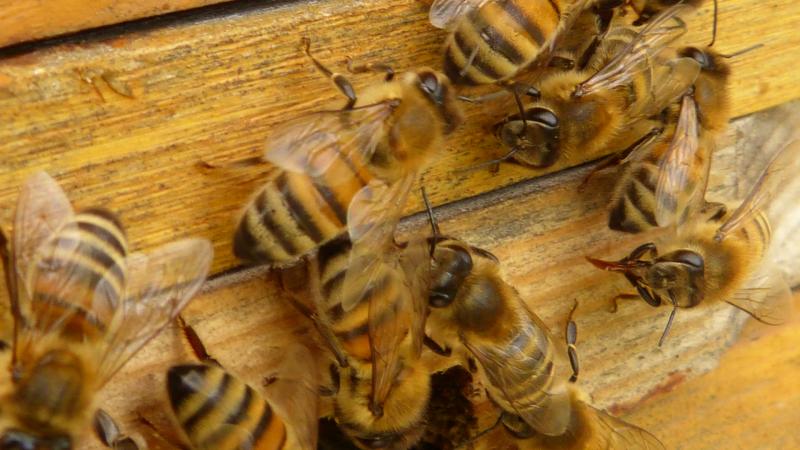
If you were a travelling salesman, who travels to many places selling something, the most challenging part of the job is to find the shortest route to these places without visiting any of them twice. But, did you know many birds, animals and even insects like bees solve a similar problem in their daily lives while searching for food?
Bees use a strategy called ‘trapline foraging’ to obtain nutrition from flowers, where they repeatedly visit a series of feeding resources in a sequence. Hence, they need to make a right decision on the best route to be taken, which involves optimising their travel time, the time spent at each food resource, and the total distance travelled. They are also known to change their routes in response to environmental changes like the availability or quality of food. Thus, they tend to flowers with the most nectar first, and still, take the shortest route possible.
How do bees do such a complicated calculation in their tiny brains? Scientists believe that they can do this either by creating a ‘map’ of the position of flowers in their mind or by remembering different landmarks along the route, like a row of bushes. However, there is still a lot of debate in the field over which of these mechanisms are followed. Bees also change their travel routes with time. Hence, this spatial information must be stored in a way that can be changed too.
Where in the bee brain is all this information stored? The ‘mushroom bodies’ are good candidates for the storage of this complex navigation system. Named for their resemblance to mushrooms, they are a pair of structures in the insect brain that is involved in processes like learning, memory and decision making. Scientists are now trying to decode the neural networks behind the excellent mapping skills of the bees and their changing memory.
Among the many things that we may want to learn from the ‘busy’ bees, perhaps, the solution to the age-old ‘travelling salesman problem’ could be one!
























